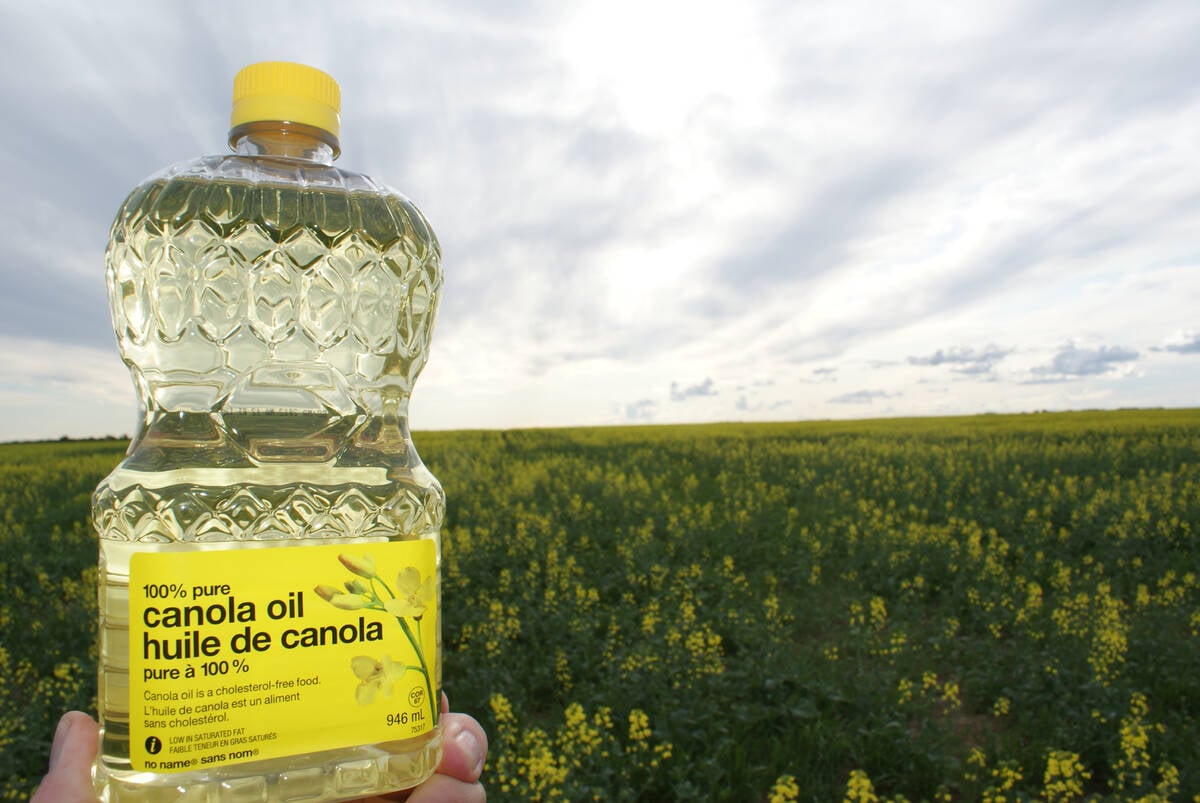Flax futures on the Winnipeg Commodity Exchange are guttering and
sputtering.
The contract’s volume has fallen so low that some are wondering whether
it is still working as an adequate hedging and pricing tool.
“In a short answer: No,” said Don Kerr of James Richardson
International.
Open interest in the flaxseed contract has fallen to below 700
contracts, which is equivalent to about one week of farmer deliveries.
According to flax industry sources, the contract has always suffered
Read Also

Rising vegetable oil demand may offset bad biofuel news
Global biodiesel/renewable diesel production is expected to decline for the first time in a decade. Bad timing for a canola industry looking for new markets.
from having too-few users, but the situation has recently become much
worse.
“Futures just don’t seem to be working,” said Lawrence Yakielashek of
Toepfer Canada.
“There’s no big book here.”
There used to be about 10 regular users of the contract, mainly
exporters and grain companies. That has now dropped to five potential
significant users in Canada: Cargill, James Richardson International,
Agricore United, Saskatchewan Wheat Pool and Toepfer.
But those users are avoiding the contract because they are worried that
it isn’t liquid enough to ensure that open positions can be closed.
“With fewer players, if the market’s not working, people shy away from
it,” said Yakielashek.
The situation in flaxseed futures became worse with the merger of
Agricore and United Grain Growers. Those two companies, which both used
the contract, became one, and Xcan Grain, which also used it, was
absorbed into AU.
“One of them was an exporter and would trade a certain kind of book,
and the others were elevator companies and would trade a different kind
of book, so you’d have a lot of cross trading going on,” said
Yakielashek.
A futures contract helps farmers in a number of ways. Growers can use
it to guarantee themselves a price for their crop, whether it’s in the
bin or growing in the field.
But futures also help the thousands of farmers who never buy or sell a
contract, because exchange-traded contracts allow farmers to see the
price of their commodity.
If the contract completely stopped trading, or was dropped by the WCE,
farmers would lose both the power to hedge and their window on open
market prices.
“It’s a very good price discovery and information system, so I’d hate
to see it go,” said Chris Hale, chair of the Saskatchewan Flax
Development Commission.
While farmers benefit from the existence of the contract, few ever use
it, Hale said. That hasn’t helped keep it trading.
“You have to have activity to make it work,” he said.
Kerr said the contract has drawn little interest from most European
users.
The WCE is looking for ideas on how to revive some of its contracts,
including flaxseed, and has invited commodities trading companies to
act as market makers to guarantee liquidity. Whether any will step
forward remains to be seen.
Hale said if the contract disappears, farmers could still get cash
price information from radio stations, the internet and from
newspapers, but those quotes would just be local prices from specific
buyers, not overall market prices, which would become a mystery.
He hopes the contract can find new life.
“It’s a bit of an institution.”















